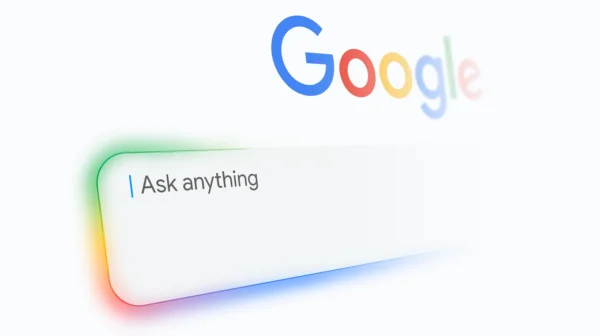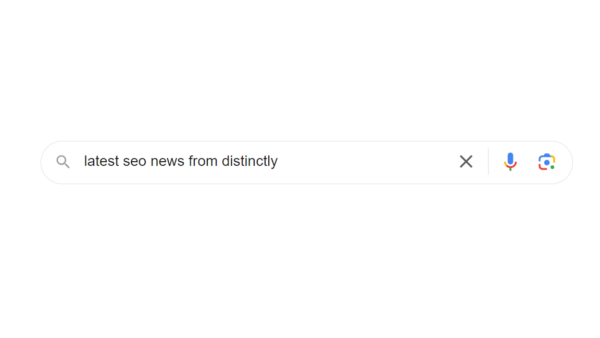The importance of good data in Smart Bidding
Google’s auction-time Smart Bidding capabilities can be brilliant – as long as you’re giving them good data and filling any data gaps. You can’t automate away bad data!
When you’re reviewing your Google Ads Smart Bidding, consider: what are you targeting as a conversion? Does it make sense for your business? If you’re an ecommerce company, are you targeting a cost per transaction or are you aiming for a return on your ad spend? What if, by using CPA bidding, you’re missing out on big, high-value conversions in favour of easy conversions that come at a low CPA but have a low average order value?
Beyond the data Google extracts automatically, what else can you provide Smart Bidding with to drive the most value for your business?
How to give Google good data
If you’re an ecommerce business, this is pretty easy. Pull in the value for any purchase. Ideally, bid towards this value (using max conversion value or target ROAS), adding enhanced conversion tagging to reduce the amount of data lost due to cookie limitations. And track shop visits, if you have a physical storefront.
Providing good data for lead-based businesses is a little more tricky. Which leads are high value, and which might convert to full sales? If you’re using a placeholder value for your conversions, how recently have you updated it and does that account for a changed drop-out rate or a new pricing model?
For businesses that generate phone calls as leads, do those leads convert at the same rate as, for example, quote forms? Is it B2B customers calling to discuss in more detail before confirming? Or is it people calling to ask about opening hours? If only half your phone calls convert, the expected value needs to be halved.
Assuming you have a CRM platform, where you record the final value of leads after sales, you can import that offline conversion value back into Google Ads. This gives the system an idea of which leads actually resulted in revenue, and then you can bid towards that instead of pre-sales leads.
Not enough data?
If you only have a small number of conversions – because you sell expensive goods – consider adding in a ‘micro-conversion’, which comes on the way to converting. This might include visiting a ‘find a store’ page, or signing up for a newsletter. Adding these as a conversion allows your Smart Bidding to optimise towards them far more rapidly than it could do a full macro conversion, while also driving people further down the funnel.
Adjusting for data you can’t give Google
Let’s say you have furniture showrooms in London and Manchester. You know that someone in London could spend twice as much as someone in Manchester, but without the final sales value, Google’s Smart Bidding won’t know that. It will attempt to hit the same CPA for each location (assuming no other differences between them), even if you’d be happy to pay twice the CPA for a London lead.
There’s a couple of routes to tackle this. Bid adjustments used to be the way to go, allowing you to adjust by audience list, location, device, and numerous other segmentations – to account for different order values or for different propensities to convert. Google has also introduced value adjustments and new customer acquisition options.
Most bid adjustments don’t impact on Smart Bidding
These days, Smart Bidding has reduced what you can do (and need to do) with bid adjustments; since it’s all done automatically, most bid adjustments to time of day, device, audience or location are ignored. Where bid adjustments are considered, they have different impacts, and different campaign types also have different permitted adjustments.
App campaigns are particularly limited, while Maximise Clicks bidding includes most bid adjustments Otherwise, Smart Bidding only allows removing a target completely (e.g. -100% on mobile) rather than adjusting the bids. The exception is tCPA bidding, where adjusting by device works, but this changes the actual CPA target for that device, rather than directly adjusting the bids.
Consider using value adjustments instead. These allow you to adjust by device, location and audience, telling Google that you value certain conversions more than others, and will pay more for them. This effectively works as a bid adjustment for Smart Bidding.
You can also tell your campaign which conversions you want to bid towards. For example, your upper funnel campaigns might be better suited to micro-conversions, particularly if you don’t have data-driven attribution in place.
Also consider that most bidding strategies only take first-party audiences (website visitors, converter lists etc.) into account if they’re actually added to the individual campaigns. In-market and affinity audiences are automatically included in the Smart Bidding, as they use a number of the signals Google uses to adjust bids, so only need to be added for reporting purposes.
For any Smart Bidding – from eCPC up to target ROAS – it’s important to only bid towards actions that actually matter for your business, and only adjust the data if it’s something Google’s machine learning can’t see. You decide what Google optimises towards!
For more on smart bidding, see Smart bidding strategies: how they boost campaign performance.



